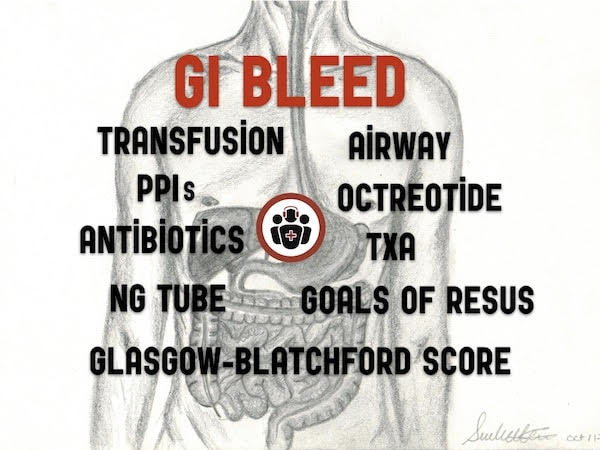Blakemore, Minnesota, and Linton Tube Tips and Tricks
January 20, 2024
There are soooo many challenges when it comes to placing a Blakemore or other gastroesophageal balloon. The first struggle is your knowledge and familiarity with your own device- is it a Blakemore? Linton? Minnesota?- does it have an esophageal balloon? Esophageal suction? What’s that gastric balloon volume again? (By the way, we teach all that here at SimKit).
Once you pull the trigger to put one of these devices in, the second challenge is they are HARD to get in place. They’re floppy tubes and the deflated balloons have a lot of drag. This leads to them coiling in the mouth, hypopharynx and esophagus a lot.
But have no fear, here we review 4 tips and tricks to getting these tubes where they need to be. Special thanks to Dr. Joseph Jones for informing us of this technique.
Practicing procedures can be tough. Let SimKit do all the heavy lifting in your skill maintenance. Procedural training can and should be easy, done in your home or department, and work within your schedule. We want you to be confident and competent clinicians, and we have the tools to help.
The Four Tricks
- Put It On Ice– After you check your balloons, fill the medical basin with ice to stiffen the tube.
- Use Your Laryngoscope– These patients are sick as they come. They are usually intubated, so take that laryngoscope and reinsert it, pulling the tongue up, opening the hypopharynx, and given yourself a straighter shot down the esophagus.
- Grab Those Macgills– Pull out your Macgill forceps from your OB cart or stock room and use them to change the angle of insertion force more in line with the esophagus.
- Endoscopic Biopsy Forceps– If all else fails, get a endoscopic biopsy forceps from your endo suite and use it as a stylet of sorts for your tube. Thread it down the gastric aspiration port until it hits the blind end. This will give rigidity to your tube to make passing it easier.
A word of caution: This last technique is if all else fails. It is notably using a device not for its manufacturer’s intended purpose and must with care, as we do not want to induce more bleeding from varices or other trauma. All that said, the placement of a Blakemore or other GEBT tube is often done in a peri-code or otherwise critically ill UGIB patient, so the risk:benefit ratio may favor using this trick. If done carefully and tactfully, the use of the biopsy forceps can make what is sometimes an impossible procedure do-able.
Check out our “Linton, Minnesota, and Blakemore Tubes Demystified” for more on the anatomy and function of these tricky tubes.





